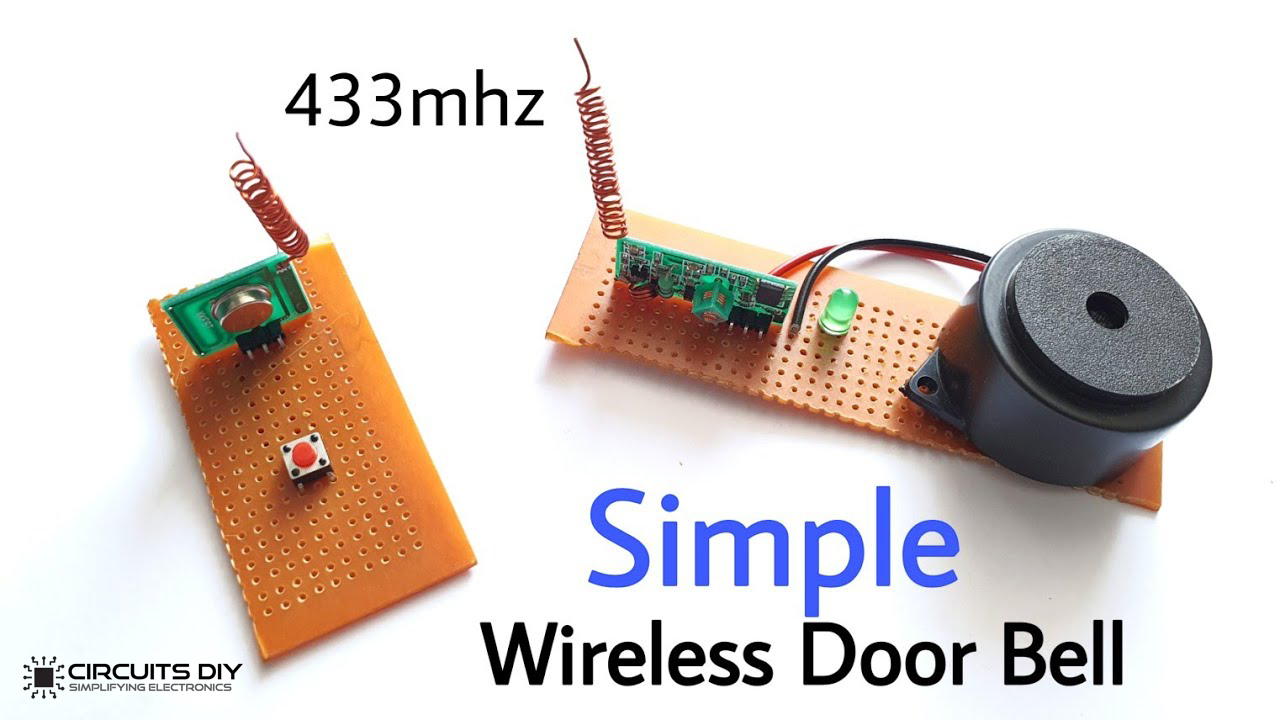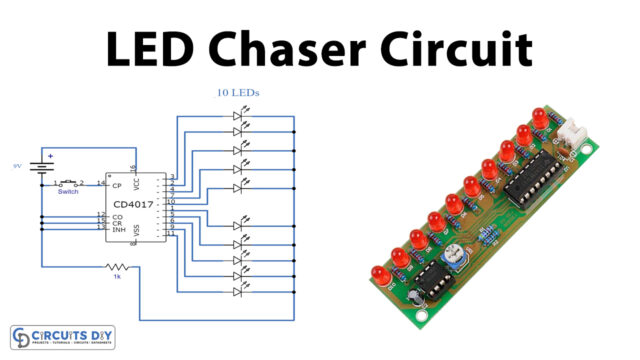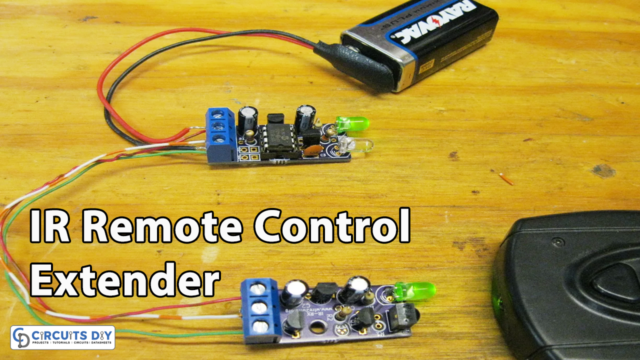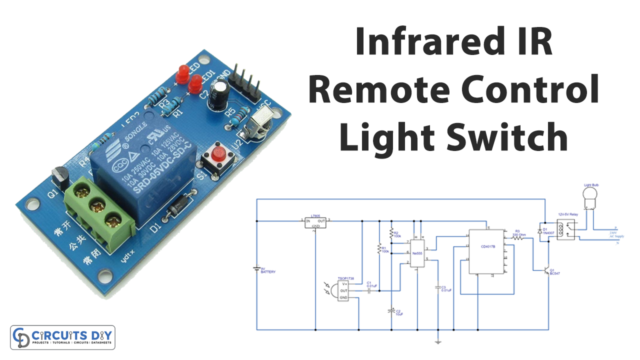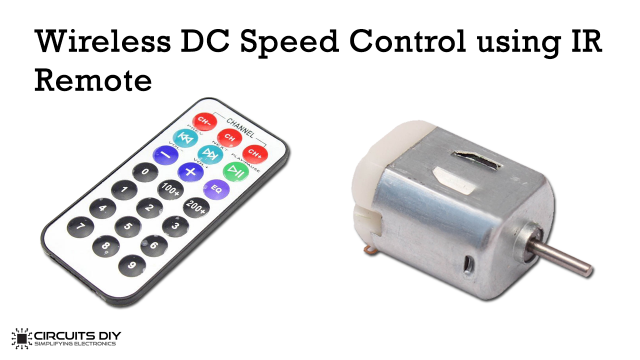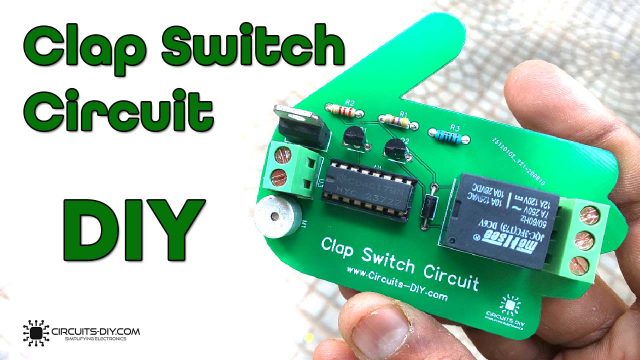Sometimes you have sitting in the backyard of your house and couldn’t hear that someone is continuously ringing the doorbell. However, it becomes quite embarrassing to await your guest at the door for several minutes. To avoid this situation, I am going to give you a detailed step-by-step instructional tutorial on “Simple Wireless Doorbell using 433 MHz Reciever and Transmitter module”.
Whenever the doorbell is pressed, the transmitter module sends a signal to the receiver module. Therefore the receiver module activates the buzzer connected to it. Both the receiver and transmitter circuit is connected wirelessly.
Hardware Components
The following components are required to make Wireless Doorbell Circuit
For Transmitter Circuit
| S.no | Components | Value | Qty |
|---|---|---|---|
| 1 | Transmitter | 433 MHz | 1 |
| 2 | Copper coil for antenna | 15 to 20 turns | 1 |
| 3 | Button | – | 1 |
| 4 | Lithium-ion Battery | 3.7 Volts | 1 |
For Receiver Circuit
| S.no | Components | Value | Qty |
| 1 | Receiver | 433 MHz | 1 |
| 2 | Copper coil for antenna | 15 to 20 turns | 1 |
| 3 | LED | – | 1 |
| 4 | Buzzer | – | 1 |
| 5 | Lithium-ion Battery | 3.7 Volts | 1 |
Circuit Construction
Step# 01
For the transmitter circuit, connect the 433 MHz transmitter to the PCB board.

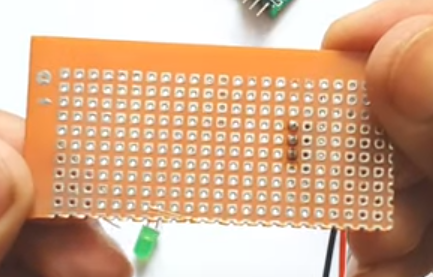
Step# 02
Connect the antenna to the 433 MHz transmitters.
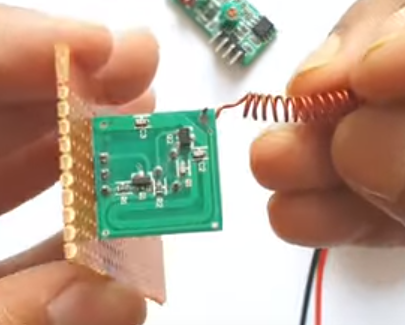
Step# 03
Now, connect a push button to the receiver circuit.
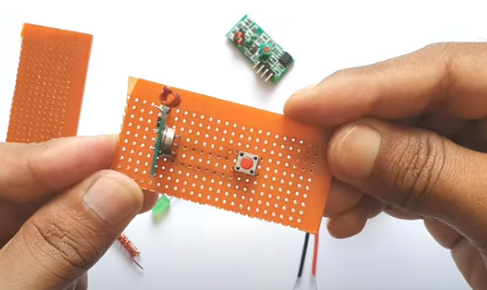
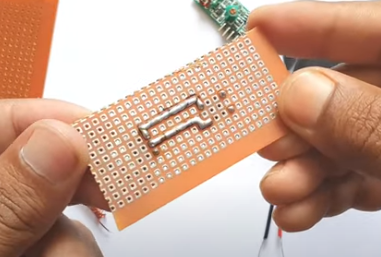
Step# 04
For the receiver circuit, install a 433 MHz receiver on the PCB board.
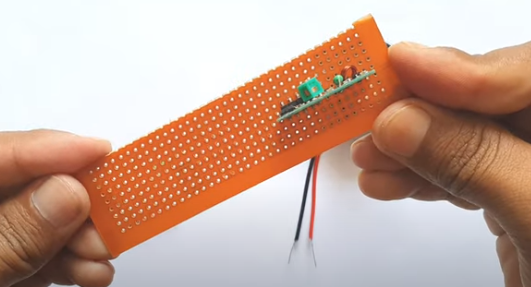
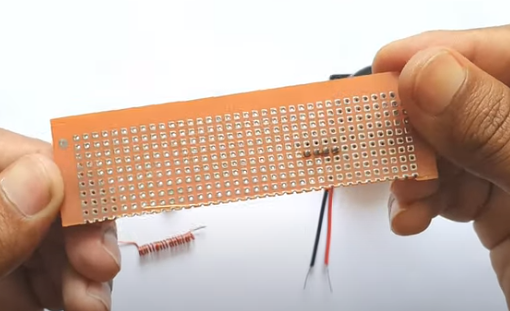
Step# 05
Connect antenna on the 433 MHz receiver,
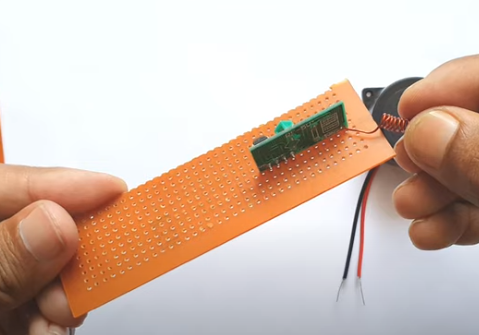
Step# 06
Now connect the LED positive terminal on both data pins of the receiver module while the negative terminal is on the ground.

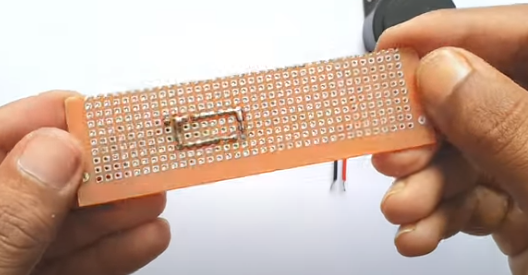
Step# 07
Now connect the positive terminal of the buzzer to both the data pins of the receiver module and the negative terminal on the ground.

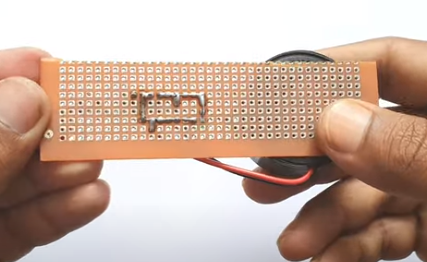
Step# 08
Power both the receiver and transmitter circuit with 3.7 Volts lithium-ion batteries.
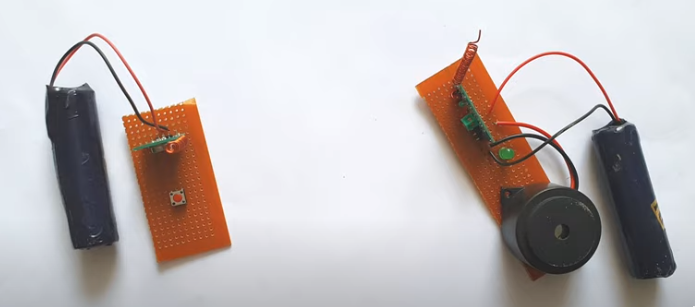
Circuit Operation
The operation of the wireless doorbell circuit is quite simple to comprehend. The receiver circuit gets the signal from the transmitter module and likewise activates the buzzer. Additionally, LED is used to indicate whether the signal is receiving or not. Both circuits are powered by two 3.7 Lithium-ion batteries, you can also use any other DC power source of 3.7 – 5 volts.
Applications and Uses
- Can be used in doorbell
- It can likewise utilize as a siren and school bell.


